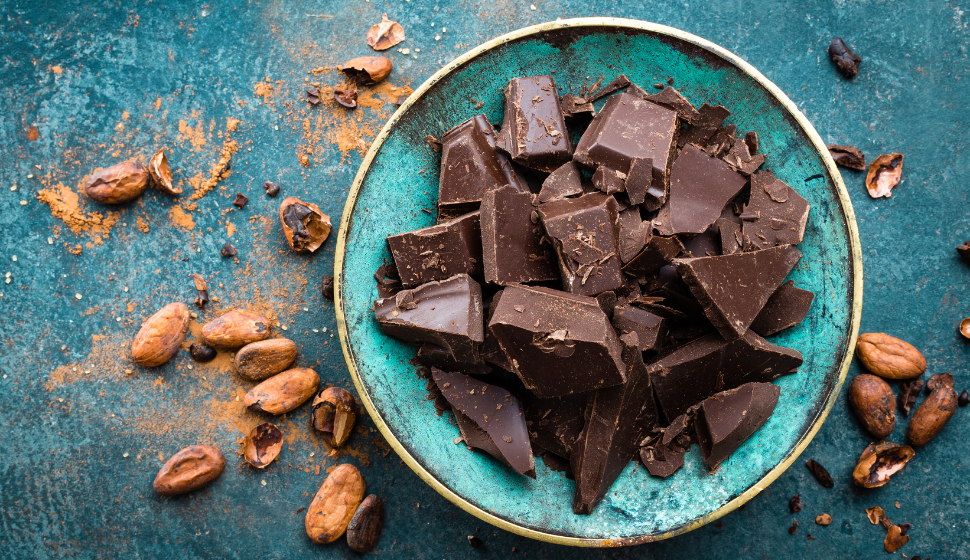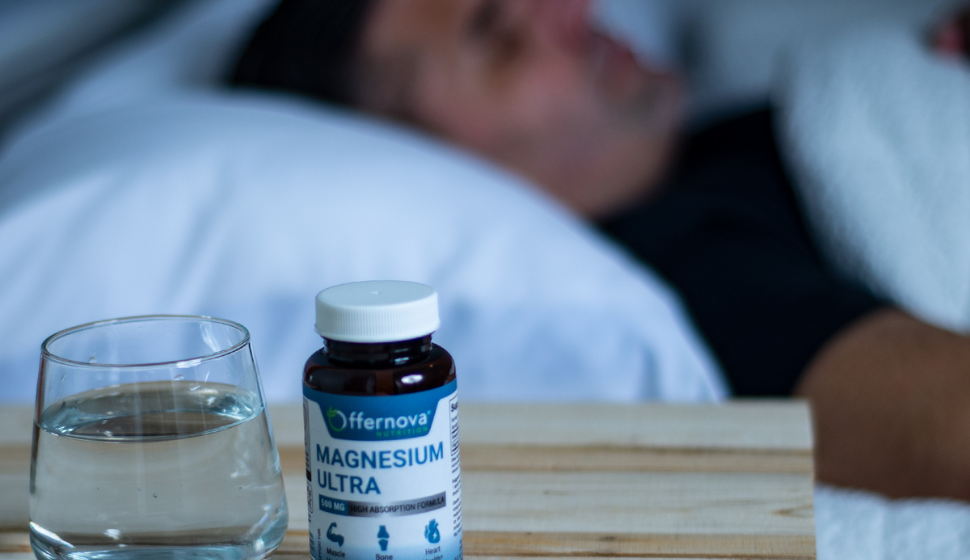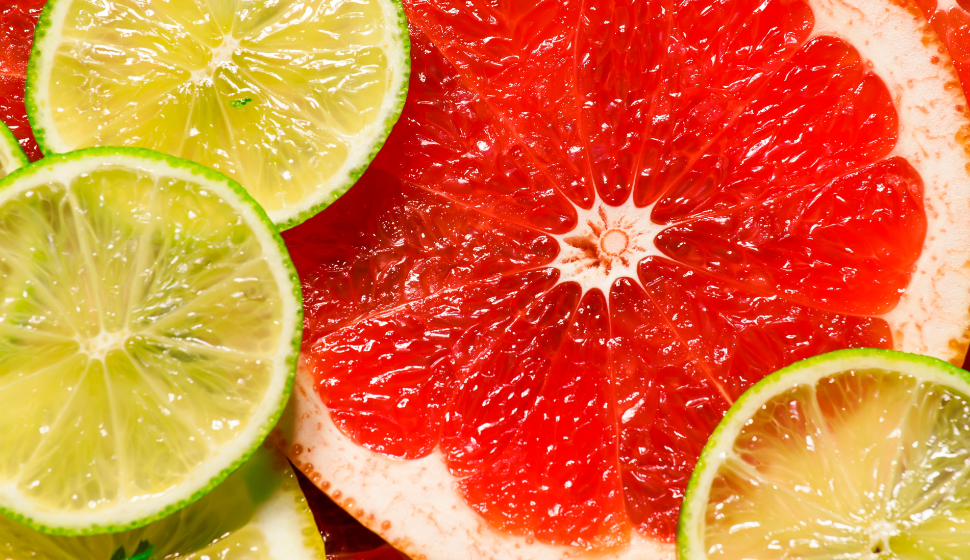Let’s talk about magnesium. It’s one of the most essential minerals for overall health and vitality, yet lots of people aren’t getting enough. Luckily, this problem is relatively easy to remedy. A varied diet full of magnesium-rich foods is the best way to give your body what it needs.
The Importance of Magnesium to Overall Health
We could go on and on about the benefits of magnesium. Despite being considered a minor nutrient, it plays a significant role in health. Magnesium is involved in over 300 enzyme reactions, and it’s the fourth most abundant mineral in the human body!
Here are just a few of the things it does:
- Improves heart health and reduces the risk of heart disease
- Encourages immune function
- Regulates blood pressure
- Improves bone health
- Balances blood sugar
- Helps muscles relax and contract
What Causes Magnesium Deficiency?
There are lots of different reasons someone might have a magnesium deficiency.
- Health conditions. Some health conditions, like Chron’s and celiac disease, make it hard for the body to absorb magnesium.
- Medication. Certain medicines, such as birth control, antibiotics, and antacids, can also interfere with our ability to take in magnesium.
- Alcohol. Long-term alcohol abuse is another cause of magnesium deficiency, as it depletes our magnesium reserves.
But perhaps the most common reason for magnesium deficiency is diet. Many people just aren’t getting enough of this mineral from the foods they eat—which is the easiest way to get it.
The rise of processed foods is partly to blame for this deficiency. But another issue we see more and more is that even fresh foods sometimes have less magnesium than they should. Practices like industrial agriculture and the use of artificial manure are responsible for this problem. They strip fruits and vegetables of naturally occurring magnesium.
How Much Magnesium Do You Need?
Lots of people, at one time or another, get less magnesium than they should. While not problematic for a short period, in the long term, you can become deficient. It’s vital to know how much magnesium you need every day, as well as the common signs of magnesium deficiency.
The recommended daily value (DV) for healthy adults is 400–420 mg per day for men and 310–320 mg per day for women. There are two ways to get it.
Magnesium Rich Foods
Munching on foods rich in magnesium is the most effective way to meet your DV. As you’ll see below, these foods also have many vitamins and nutrients that we need to feel fit and vigorous. And the best part is that the magnesium in food is safe, so you can eat as much as you want.
One thing to note, however, as we mentioned above, is that industrial agriculture may be leaving our groceries with less magnesium than usual. To avoid this problem, we recommend consuming organic products that are free of pesticides as much as possible.
Magnesium Supplements
If, for some reason, you’re having difficulty reaching your DV with food alone, a supplement, such as Magnesium Ultra, can help you get there. We recommend speaking with a doctor before starting a regimen to assess your needs.
And keep in mind that while you can’t get too much magnesium from food, it is possible to take too much of a supplement. Never take more than the recommended amount, unless your healthcare provider tells you to do so.
10 Good Sources of Magnesium
Now let’s take a look at 10 magnesium rich foods to help you hit your daily target.
1. Whole Grains
Whole grains, such as wheat, oats, barley, buckwheat, and quinoa, are an excellent source of this mineral. Not only do they have high magnesium content, but they’re also full of other nutrients like B vitamins and fiber.
2. Fish
Fish—specifically fatty fish like salmon, tuna, and halibut—are some of the top sources of magnesium. They’re also the perfect food to turn to for a dose of vitamin D and omega-3 fatty acids.
3. Legumes
Legumes are one of the best non-animal foods that are high in magnesium—much better than meat, actually. So if you’re looking for another reason to transition to a more plant-based diet, here it is.
Try incorporating legumes like lentils, chickpeas, peas, and soybeans in your meals. And don’t forget black beans and kidney beans, which are an excellent source of magnesium. But regardless of your legume preference, you’ll be glad to know that most of them have around 25 percent of your daily needs.
Additionally, they have tons of potassium, iron, and protein. They can help lower cholesterol and improve blood sugar control, too.
4. Bananas
Bananas are many people’s go-to food for avoiding painful cramps. But aside from having plenty of potassium, they’re an excellent source of magnesium. Plus, bananas are portable, low-calorie, and delicious. Oh, and did we mention they’re full of vitamin C and fiber?
5. Dark Chocolate
When you want to indulge, dark chocolate is the ultimate power combo—it’s healthy, but it’s also super good for you. Just one square of dark chocolate provides 64.6 mg of magnesium, which is about 15 percent of your daily value. It also contains flavonoids, a substance with antioxidant properties that may help lower blood pressure.
A word of warning: make sure your chocolate is at least 70 percent cocoa. Milk chocolate may be sweet and delicious, but it doesn’t have the same benefits as dark chocolate.
6. Fruits and Vegetables
Are you surprised that fruits and vegetables are another food to grab when you need your magnesium fix? We didn’t think so. Look to staples like apples, carrots, and raspberries. And be sure to load up on fresh figs—our favorite!—when they’re in season.
7. Leafy Greens
You already know that leafy greens are a superfood filled with lots of vitamins and minerals. But what you may not know is that things like spinach, kale, collard greens, and Swiss chard are loaded with magnesium. For example, one cup of spinach has 157 mg of magnesium, or almost 40 percent of your DV.
8. Avocados
Avocados do it all. They’re a magnesium-rich food full of essential nutrients like potassium, vitamin K, and B vitamins. They also have lots of fiber, and they’re an excellent source of healthy fats that can keep you feeling full for a long time. As if we needed another reason to tuck into our avocado toast.
9. Nuts
Besides being a convenient, energy-boosting snack that you can eat on the go, nuts like peanuts and almonds provide lots of magnesium. For example, an ounce of almonds contains 80 mg of magnesium, which is almost 20 percent of your DV.
They are calorie dense, so be sure to control your portion sizes.
10. Seeds
Lastly, seeds—such as pumpkin, sesame, chia, and sunflower variants—are another ideal way to get the magnesium you need. They’re also high in fiber and antioxidants, and they can reduce cholesterol. Combine them with some of the nuts we mentioned above to make a delicious trail mix.
Final Thoughts
As you can see, there are plenty of yummy foods that are a good source of magnesium. What’s your favorite way to get this mineral? Let us know in the comments below.



